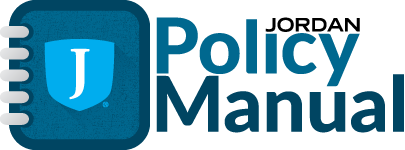|
1
2
3
4
5
6
7
8
9
10
11
12
13
14
15
16
17
18
19
20
21
22
23
24
25
|
$26,382
$26,382
$26,382
$27,614
$28,907
$30,258
$31,676
$33,161
$34,714
$36,816
$37,001
$37,001
$37,001
$37,001
$37,001
$37,001
$37,741
$37,741
$37,741
$37,741
$38,011
$38,011
$38,011
$38,011
$38,678
|
$26,968
$26,968
$26,968
$28,211
$29,512
$30,874
$32,300
$33,785
$35,342
$36,974
$39,187
$39,383
$39,383
$39,383
$39,383
$39,383
$40,171
$40,171
$40,171
$40,171
$40,457
$40,457
$40,457
$40,457
$41,155
|
$27,311
$27,311
$27,311
$28,574
$29,890
$31,270
$32,708
$34,218
$35,797
$37,446
$39,688
$41,513
$41,721
$41,721
$41,721
$41,721
$42,555
$42,555
$42,555
$42,555
$42,859
$42,859
$42,859
$42,859
$43,587
|
$27,778
$27,778
$27,778
$29,031
$30,344
$31,716
$33,151
$34,649
$36,210
$37,849
$40,068
$41,911
$43,784
$44,004
$44,004
$44,004
$44,881
$44,881
$44,881
$44,881
$45,202
$45,202
$45,202
$45,202
$45,958
|
$29,187
$29,187
$29,187
$30,468
$31,808
$33,209
$34,671
$36,198
$37,786
$39,453
$41,347
$42,998
$44,886
$47,481
$47,718
$47,718
$48,675
$48,675
$48,675
$48,675
$49,022
$49,022
$49,022
$49,022
$49,824
|
$30,501
$30,501
$30,501
$31,847
$33,246
$34,709
$36,234
$37,828
$39,494
$41,232
$43,046
$44,937
$46,914
$49,621
$49,870
$49,870
$50,867
$50,867
$50,867
$50,867
$51,229
$51,229
$51,229
$51,229
$52,060
|
